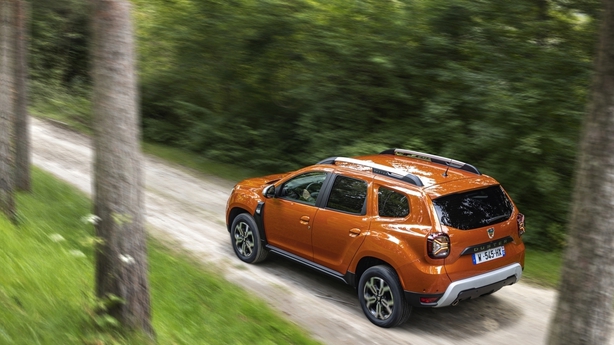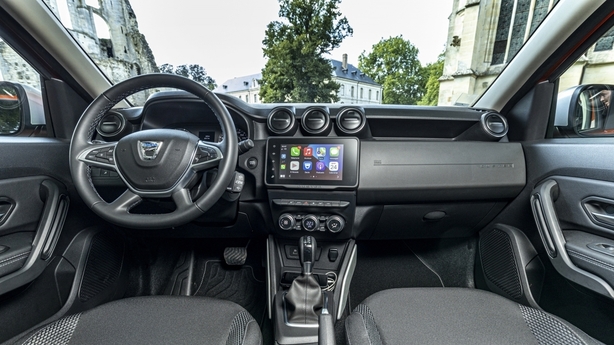Dacia's Duster is a big-seller and the attraction is its price. There is one important thing to be concerned about, however.
It's easy to be hard on the Dacia Duster. When you’ve found it difficult to get the key into the ignition (because it’s obscured by switchgear), come to terms with the waves of plastic that surround you, looked in some disbelief at the round air vents with flaps that could have come from a Morris MInor, wrestled with the poor graphics on the small screen and remembered this car’s platform is that of an old Renault Clio, you begin to wonder what the Duster is all about in 2022.

Then you remember the price. Dacia’s don’t sell on the basis of the latest tech or safety programmes. They sell on the basis of price - a very low price. The entry level Dacia Duster comes in at €25,035, which is about the same as you’ll pay for a two year-old diesel Ford Focus with a similar sized engine and about 20,000 kilometres on the clock.
And there are other things to note too. The Duster has a quite smart design, with its edges and flared wheel arches. It’s easy to get in and out of and has good ground clearance. The steering, ride and handling may be rudimentary ,but they’re fine for an average journey and the fuel consumption from the 1.5 diesel version I drove comes in at 5.8 litres per 100 kilometres over a series of mixed journeys.
It wasn’t the most refined driving experience I’ve ever had but, overall, it was reasonably good. Apart from the driving seat feeling occasionally loose in its mountings, that is. The interior space is very good, with plenty of room for taller and rear seat passengers. The boot, too, was quite good, with a 445 litre capacity and the facility of being able to put the back seats down for bigger loads.
The 1.5 diesel engine wasn’t the quickest off the blocks but when it settled down it was capable of delivering fairly smooth performance and wasn’t overly loud. You do, however, quickly notice the noise levels from the tyres and wind noise, as the chunky design of the car tries to cope with drag.

The small infotainment screen is dated but functional. You will, for example, have to run your navigation from your phone with an app. The screen is a little fiddly and requires a bit of getting used to. However, your basic functions are there, even if the colouring looks old-fashioned.
My overall impression was that the Duster, like other Dacia cars, is designed to sell on price and that’s pretty much it. You can have a new Dacia for the price of a two year-old Focus but you have to accept its limitations. The competition is way beyond Dacia. For example, Toyota has introduced its full safety package on every model in its range. Dacia struggles by comparison because everything is down to how much the car costs.
Which brings me to a very important final point. Dacia may have beaten its Renault parent company’s Kadjar in the WhatCar? reliability survey - and it even came in better than BMW’s X2 - but its EuroNCAP safety test results have not been good.
The latest NCAP test for the Duster was for the version being sold in 2017 and it scored only 3 stars out of a possible 5. In a 2021 NCAP test the Dacia Logan and Sandero Stepway scored only 2 stars. These tests are designed to show how passengers, children and pedestrians would be affected in a crash situation.
As many cars in this class have been awarded 5 stars, a low scoring is worrying. Whatever the attraction of price, this is something worth weighing up carefully.


